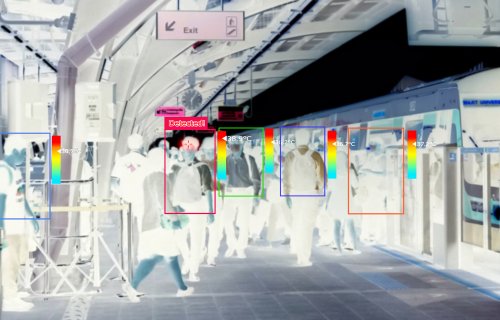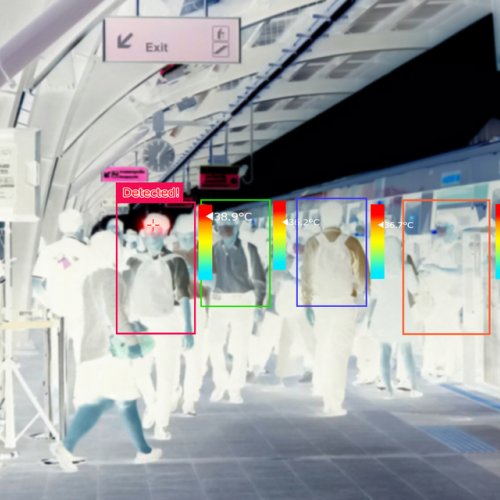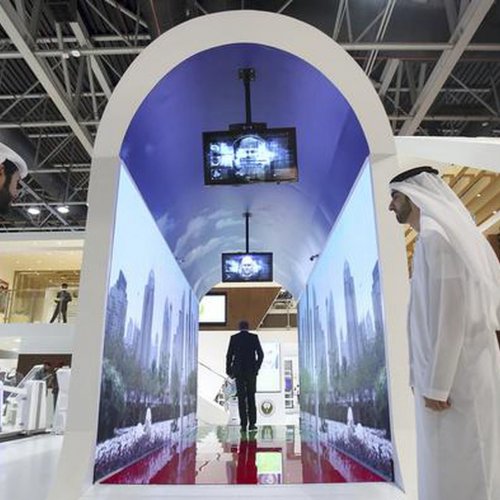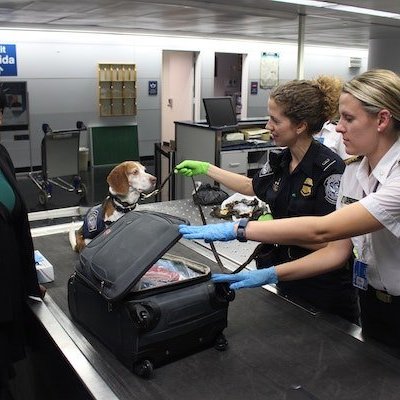To put it bluntly, even though the airports and the way they handle things dramatically varies from country to country, and even from one airport to another, most people do not enjoy the idea of going to an airport.
Thankfully, airports are getting smarter every day by employing new technologies that enable passengers to control the way they travel. Here are some of the ways that new technologies and innovations have already changed the airport experience.
Smarter security with no safety compromises
With advancements in biometric technologies and continual improvement of scanning equipment, security checks are quickly becoming a breeze for smart airport customers.
The new smart scanner units can deal with one customer in 3.8 seconds. Each unit can complete a full scan-and-analyze cycle during this short amount of time while maintaining high accuracy rates and a very low frequency of false alarms. Smart scanners also eliminate the need to remove electronic devices and liquids from hand luggage, making the process even smoother.
Edinburgh International Airport started using this technology in 2019, much to the passengers’ delight. It has already improved passenger throughput rates, a critical factor in supporting overall customer satisfaction at any airport.
Virtual assistants
Meanwhile, Athens International Airport offers the passengers services of the Virtual Assistant Holographic Announcer, which provides travel information through projected videos, creating the illusion of interacting with a human agent instead of a hologram.
Passengers can also use their own devices and independently seek information within the airport. Besides free WiFi, passengers can use many interactive information spots, including All-in-One Kiosks – for telephone calls, flight information, open communication with the airport’s call center, and automated destination weather forecasts. All a traveler has to do to access this info is to scan their boarding pass.
Improved logistical solutions
Many logistics processes can benefit from automation, including dropping, storing, conveying, sorting, and reclaiming baggage, processing passengers, and ensuring that all of their needs are met. The way things are now, all of this puts significant pressure on flight attendants and their logistical capabilities.
For example, at London Gatwick Airport, the Early Bag Store (EBS) and baggage handling system lets passengers check their luggage up to 18 hours before their flight. Of course, this baggage is entirely traceable from the moment it arrives at the airport until it reaches its destination.
AI aided immigration
For two years now, Dubai International Airport has been using AI to facilitate the immigration process. Their Smart Corridor project is an AI-powered corridor that captures the passengers’ required biometric data as they walk through it. Thanks to 80 AI-powered cameras, there is no need to present travel documents or get a stamp from an immigration officer.
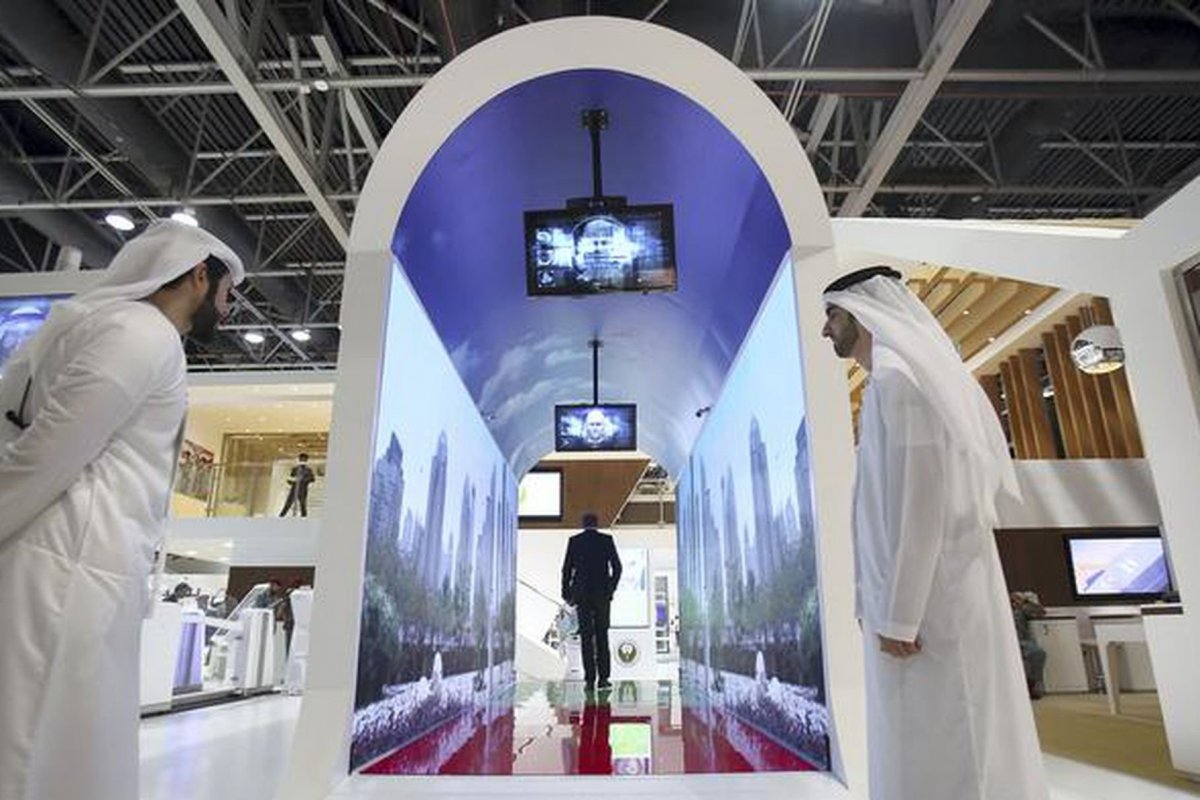 Artificial Intelligence is crucial to the future of technologically-empowered airport services. The ways AI can be applied to enrich the airport experience are countless, varying from smarter ways to move through immigration and security to AI-enhanced chatbots, shopping, entertainment, well-being, flight preparation, and more.
Artificial Intelligence is crucial to the future of technologically-empowered airport services. The ways AI can be applied to enrich the airport experience are countless, varying from smarter ways to move through immigration and security to AI-enhanced chatbots, shopping, entertainment, well-being, flight preparation, and more.
Traffic forecasting
Terminal Smart Planning is the name for a technology capable of performing an advanced simulation that calculates and forecasts traffic using an airport’s database and process flow management.
This solution, currently employed by Aeroporti Di Roma, is capable of long, middle, and short-term planning. This includes sizing new projects and specifying needed space based on standards and capacity constraints. It can also enhance existing operations by forecasting resources needed concerning passenger dwell time targets and process flow optimization.
Using traffic prediction software enables airports to anticipate operation bottlenecks and cut down long waiting times.
The Internet of Things
By itself, the Internet of Things (IoT) is a strange concept that some people herald as the fourth industrial revolution. To put it in colloquial terms, an increasing number of everyday items we use can communicate with each other. Connected, they become The Internet of Things.
Combining these connected devices with automated systems makes it possible to gather information, analyze it, and create an action to help someone with a particular task or learn from a process.
When it comes to the airport experience, the same thing that is true for the rest of the industry is true here as well - interconnectivity and effective management of data are vital for improving operations. IoT-based solutions ensure that people, planes, and cargoes keep moving at all times by using every tool, asset, and employee the airport has at its disposal in the most effective manner possible.
Conclusion
It is estimated that, by 2025, roughly 34,000 planes will make up the global carrier fleet, while passenger numbers should surpass 8 billion by 2037.
Luckily for us, various aspects of technology are already being tested and implemented today, working together to revolutionize the airport experience as we know it. From virtual assistants to easy to track baggage and different implementations of artificial intelligence, technology is changing the way we travel and reshaping it into a more pleasurable experience.
I’m Rebecca, a translator and avid traveler, a book worm and horror flick enthusiast. My job has given me the amazing opportunity to travel to dozens of countries around the world, and writing on Rough Draft gives me a chance to try to showcase some of them.
